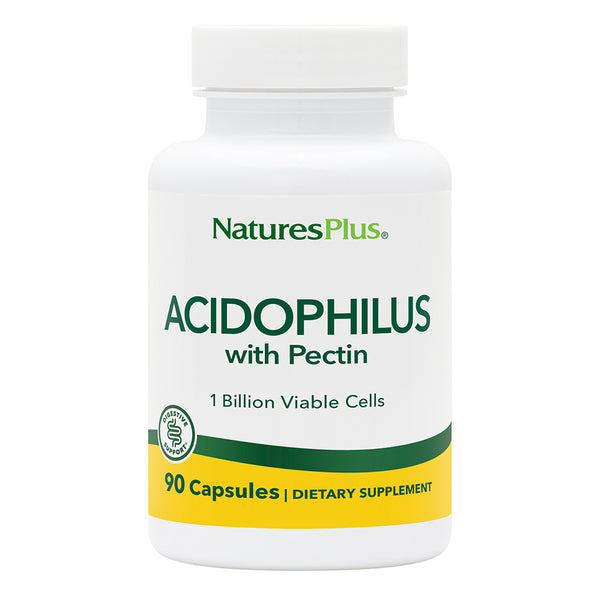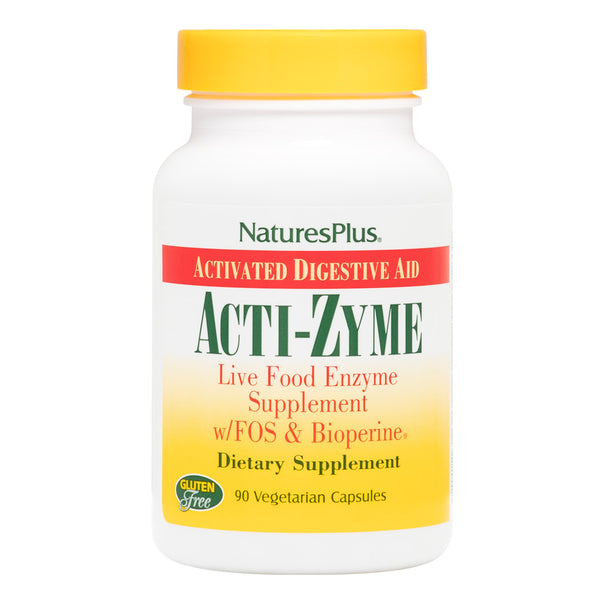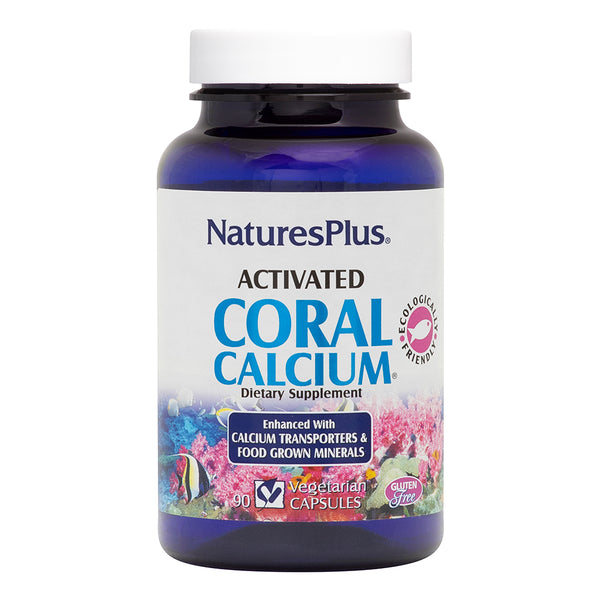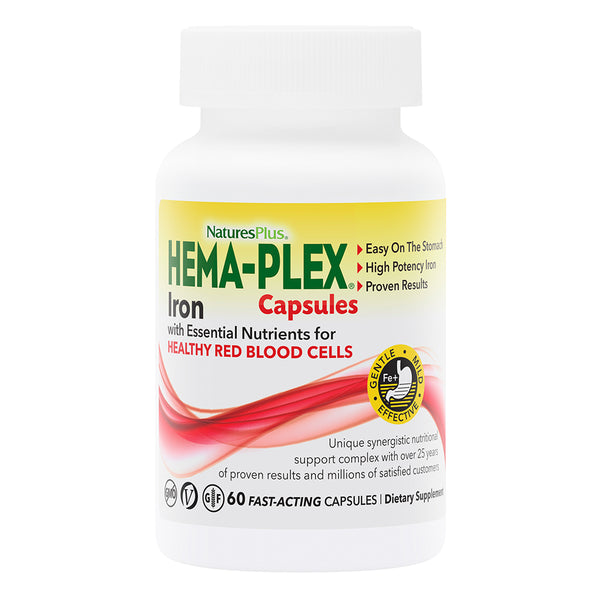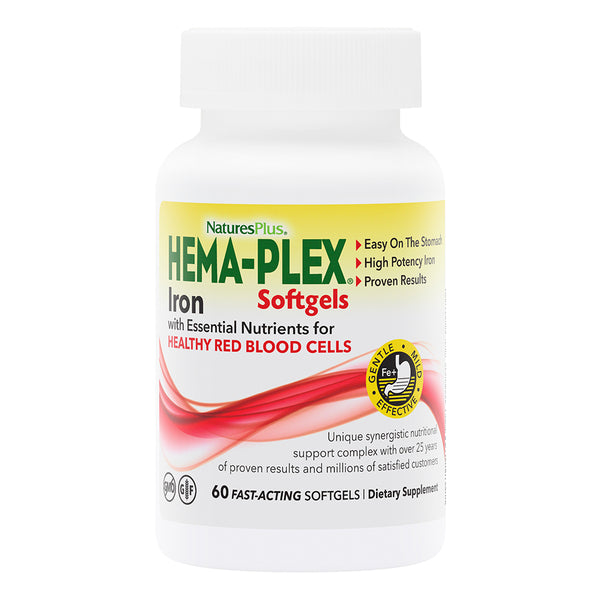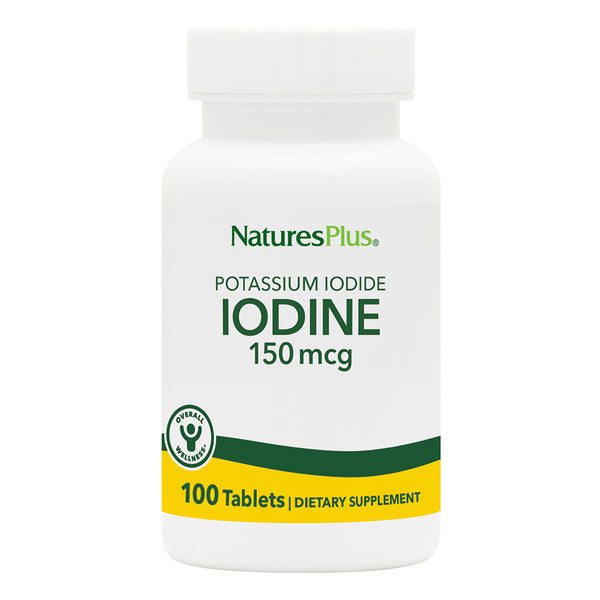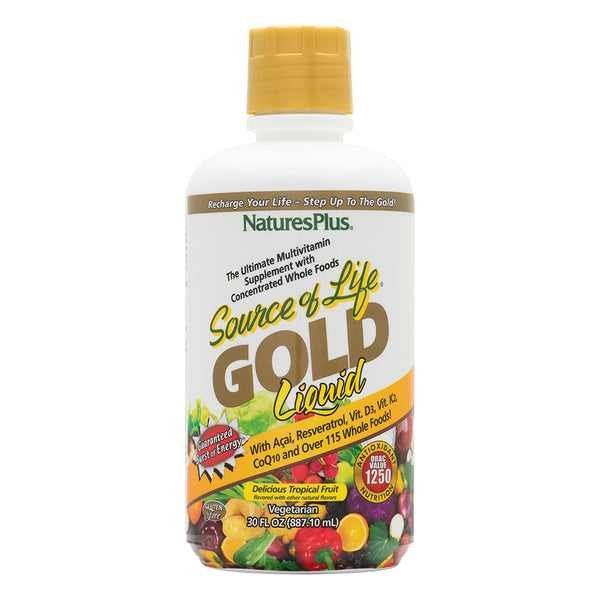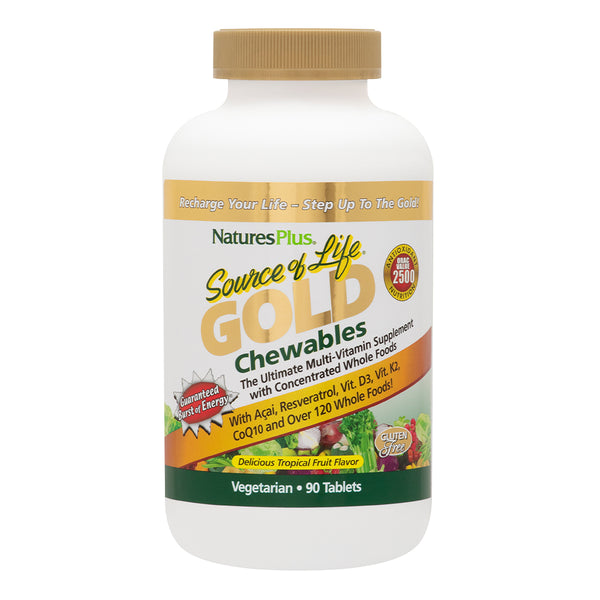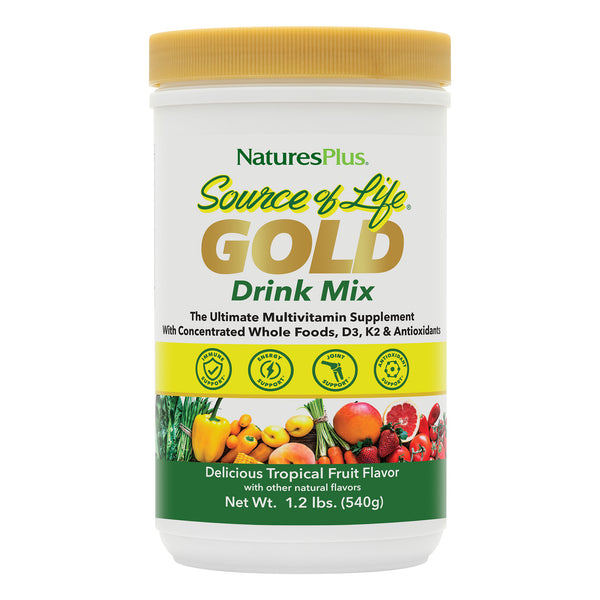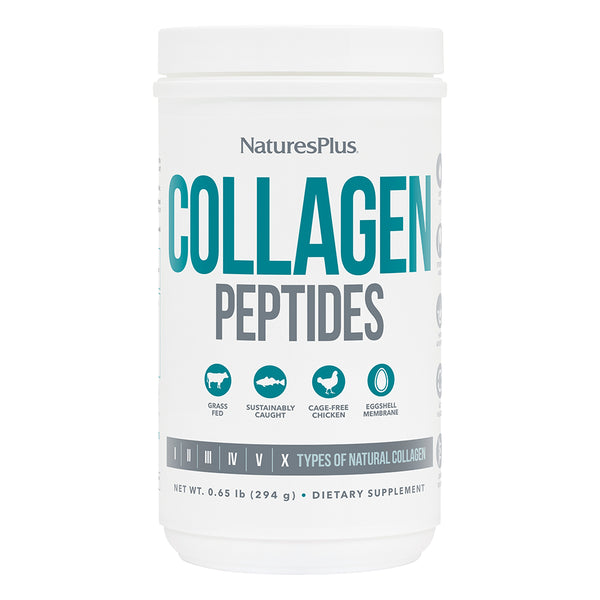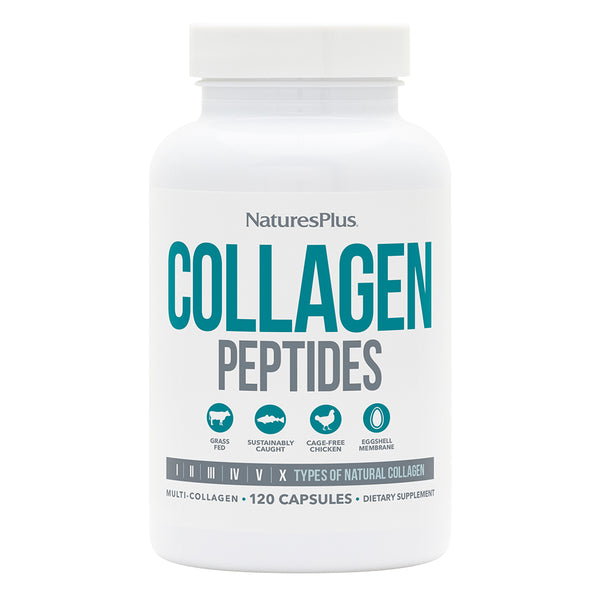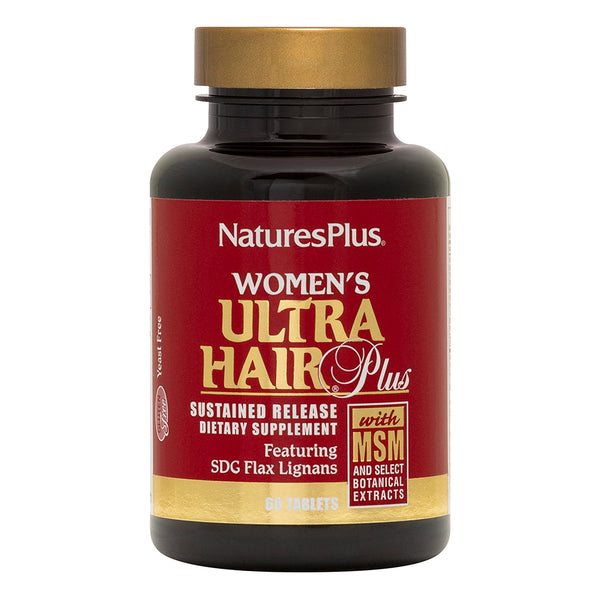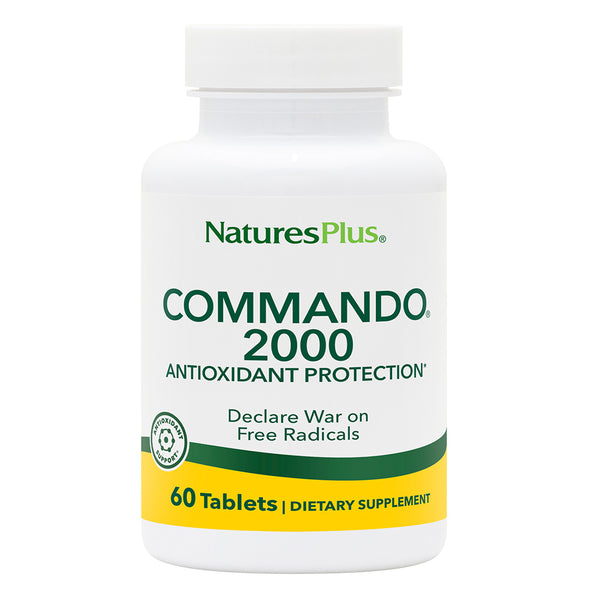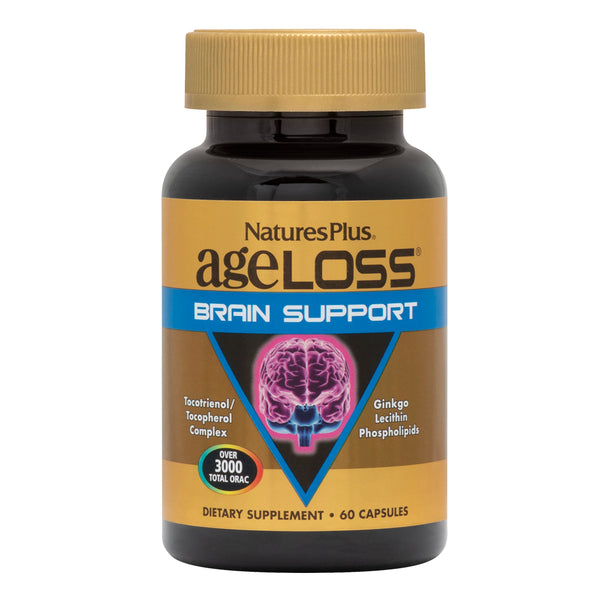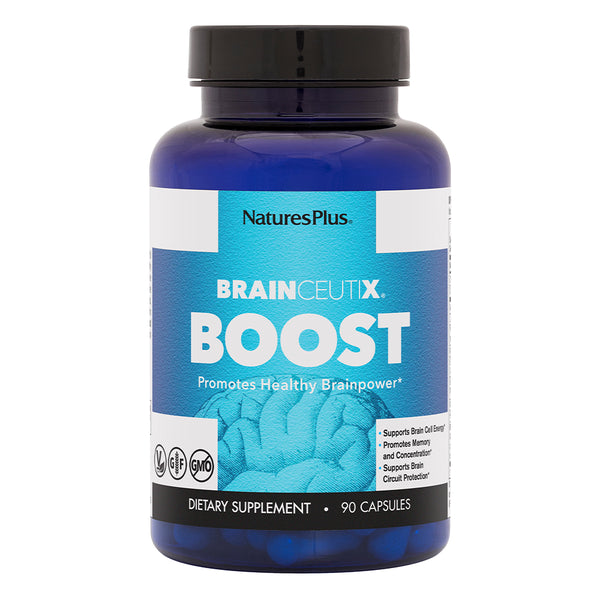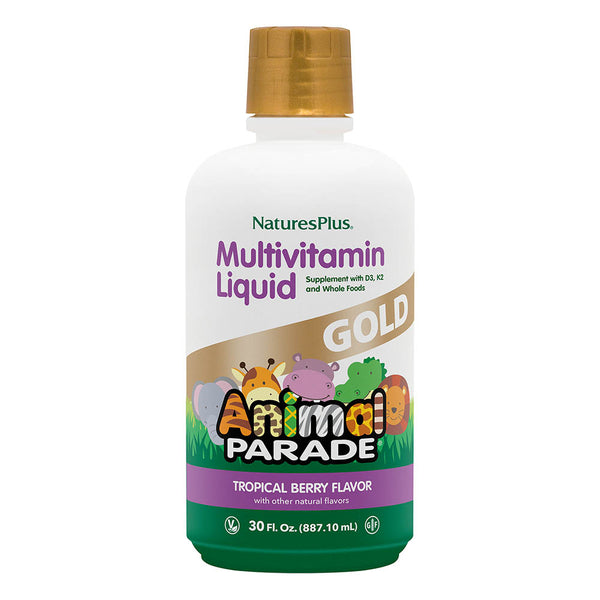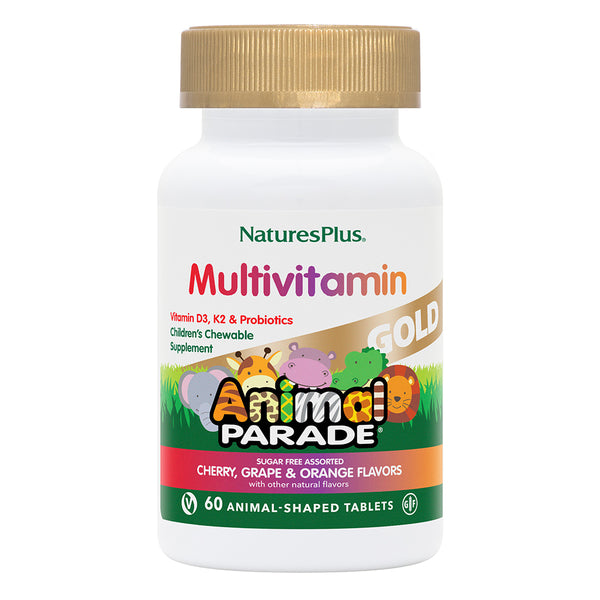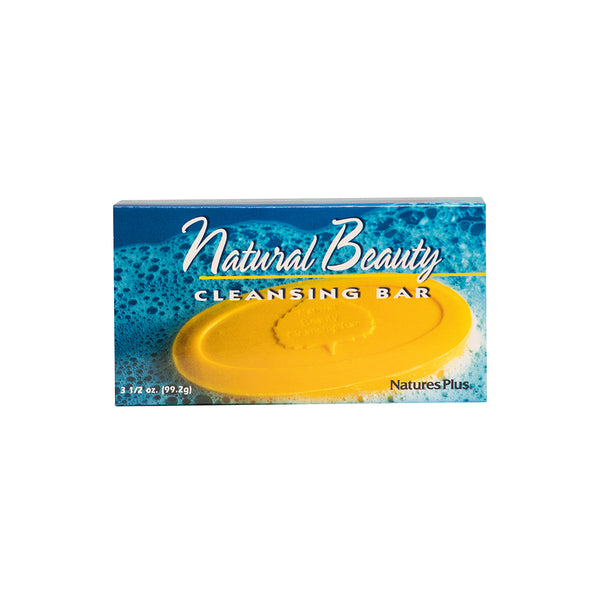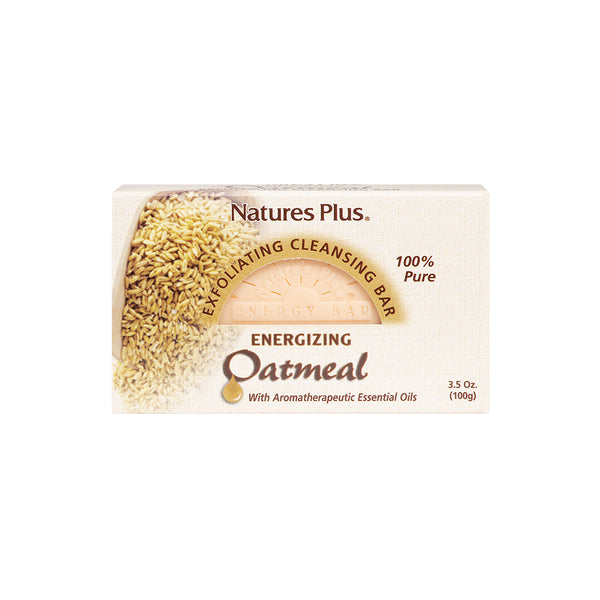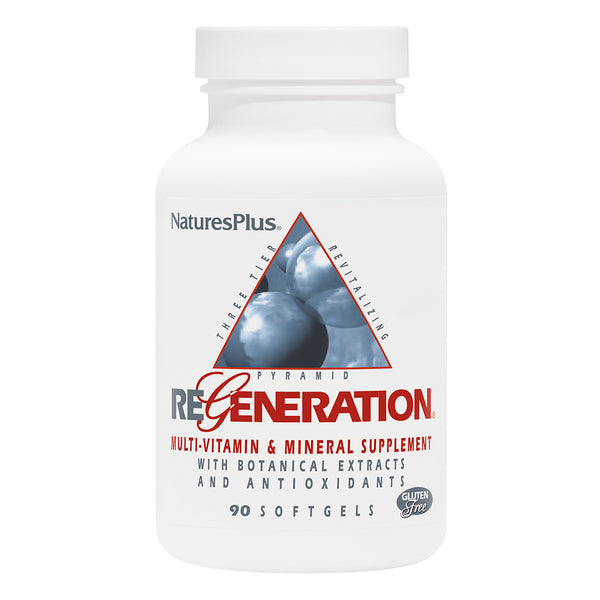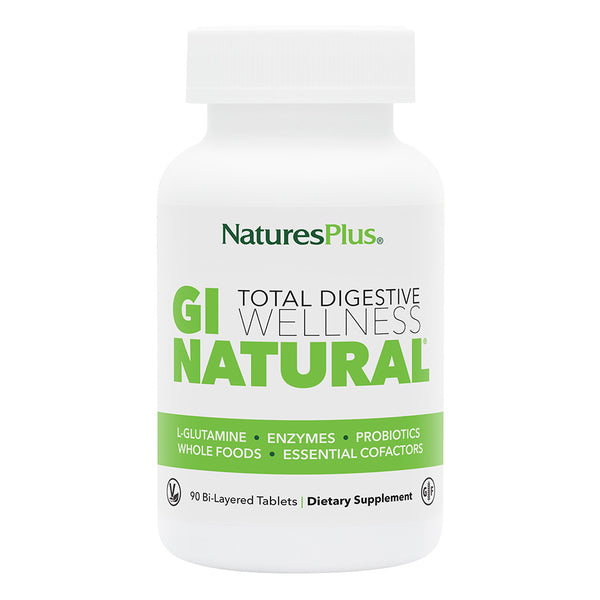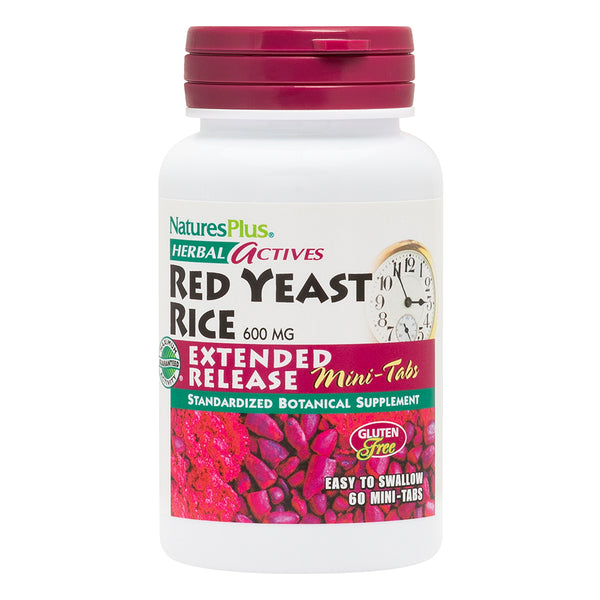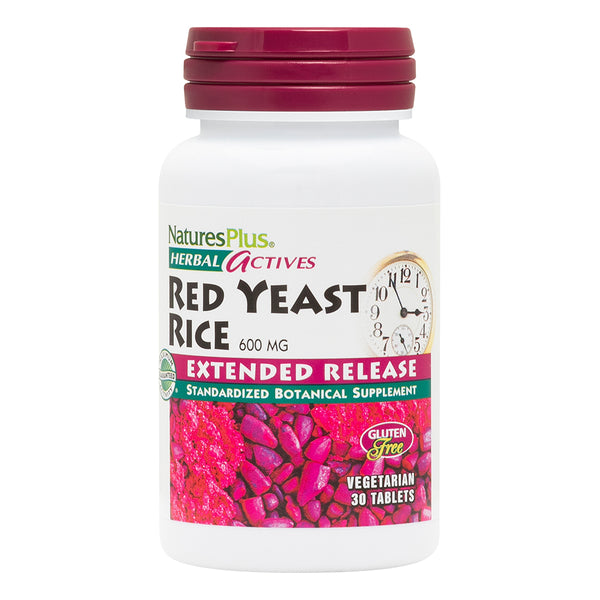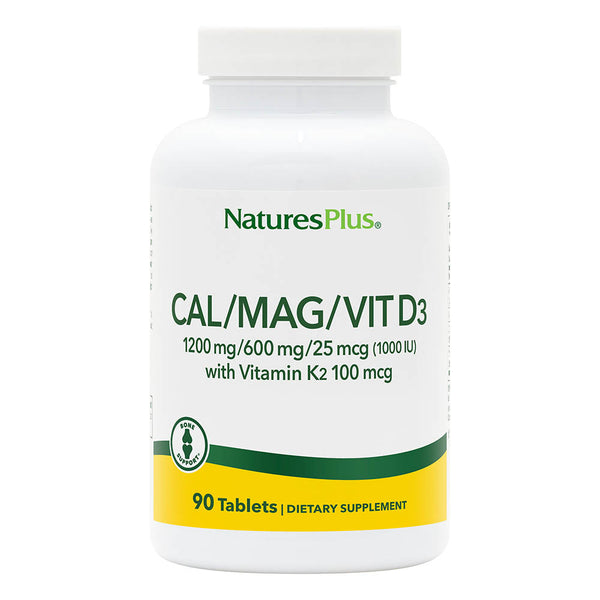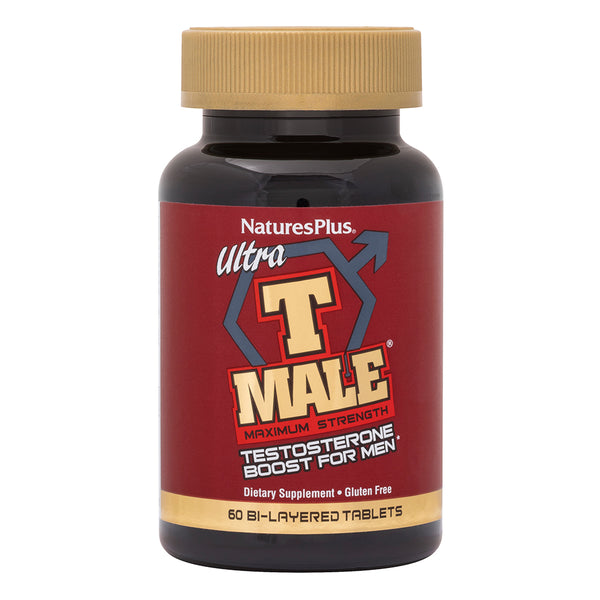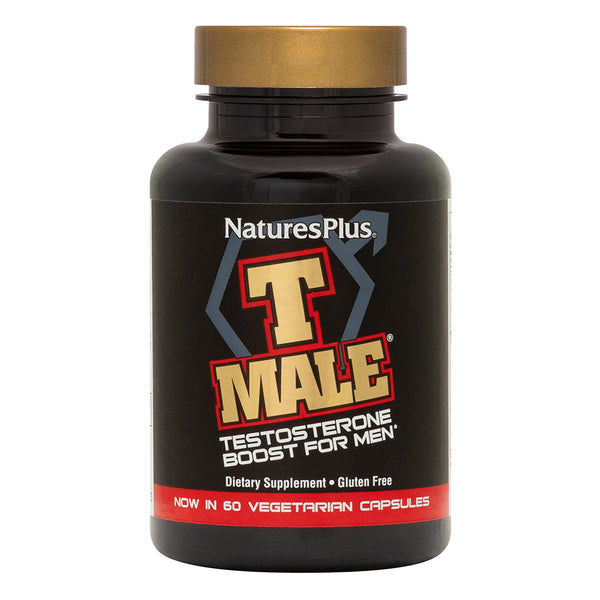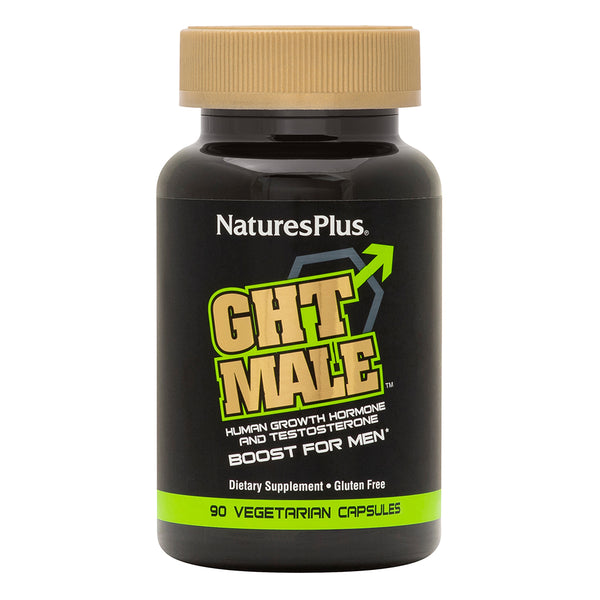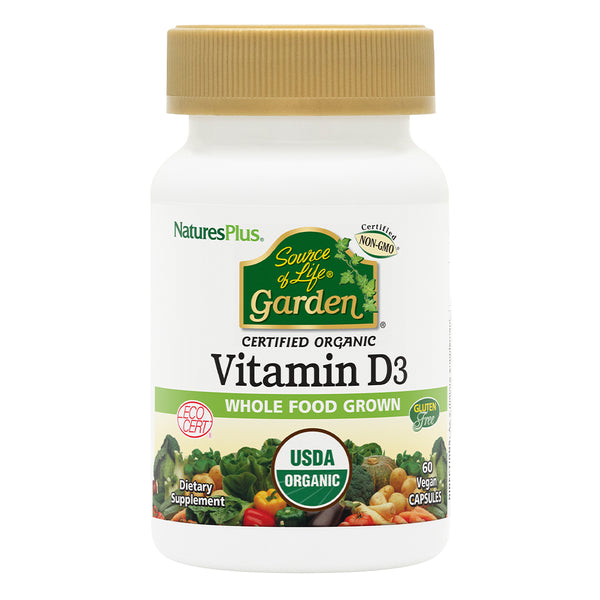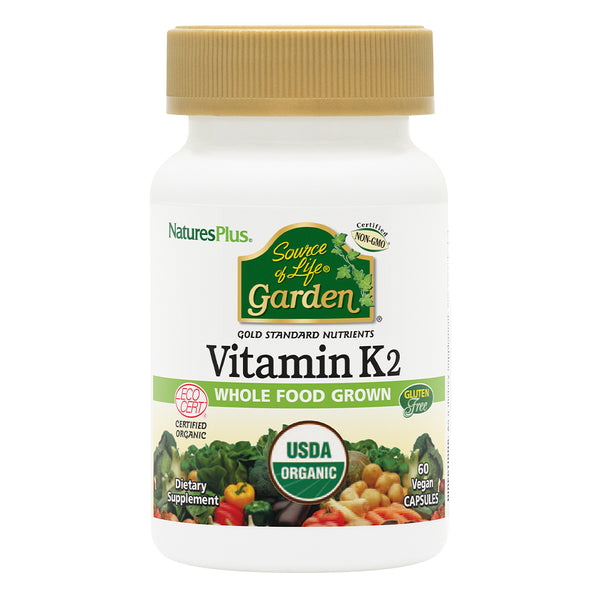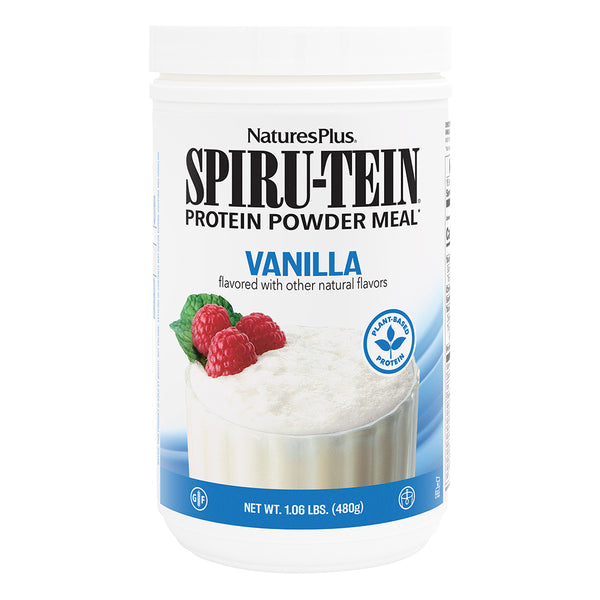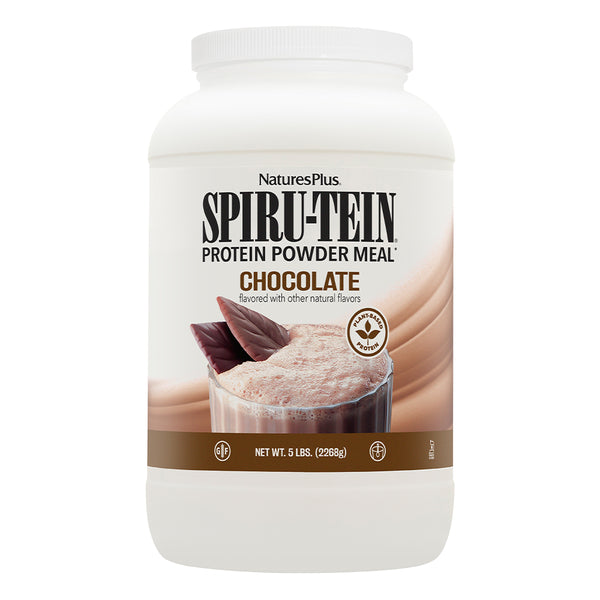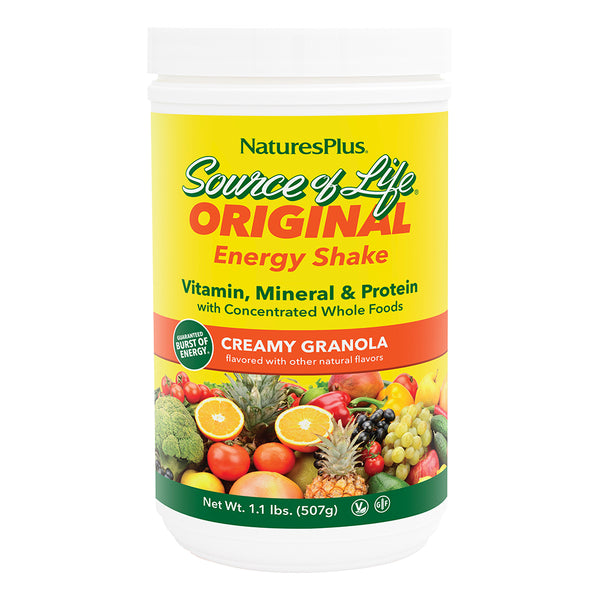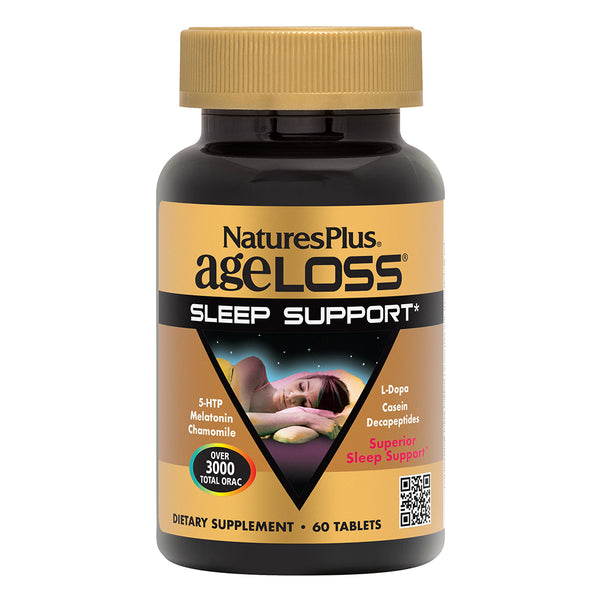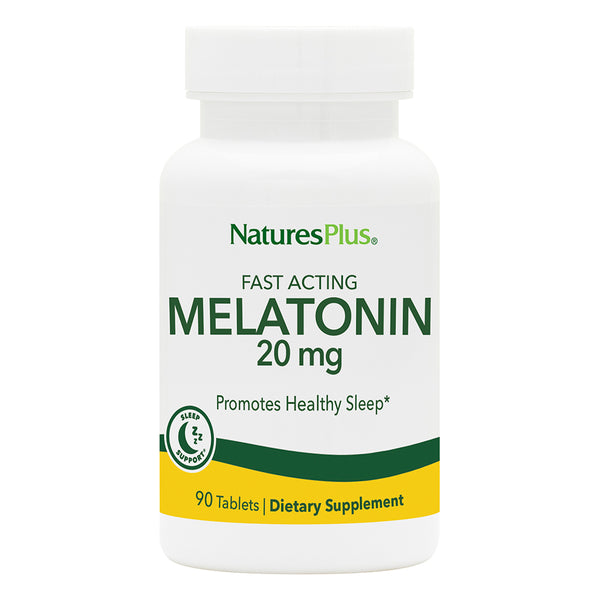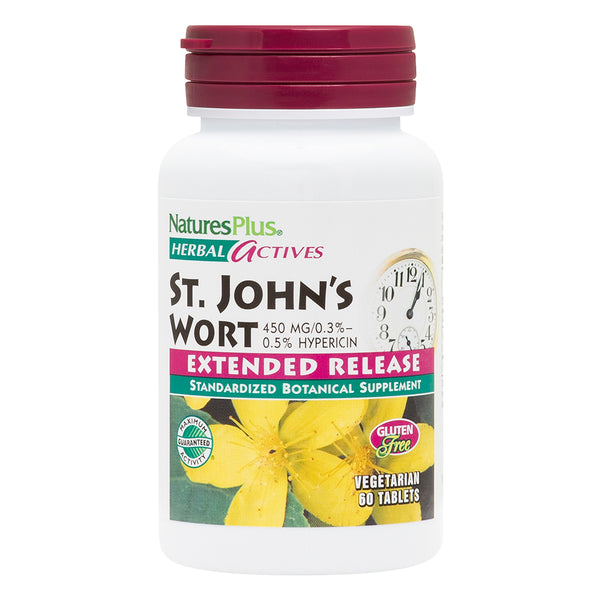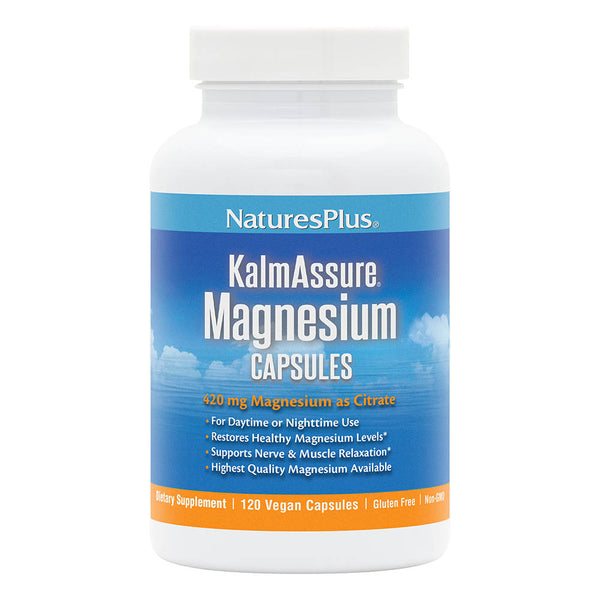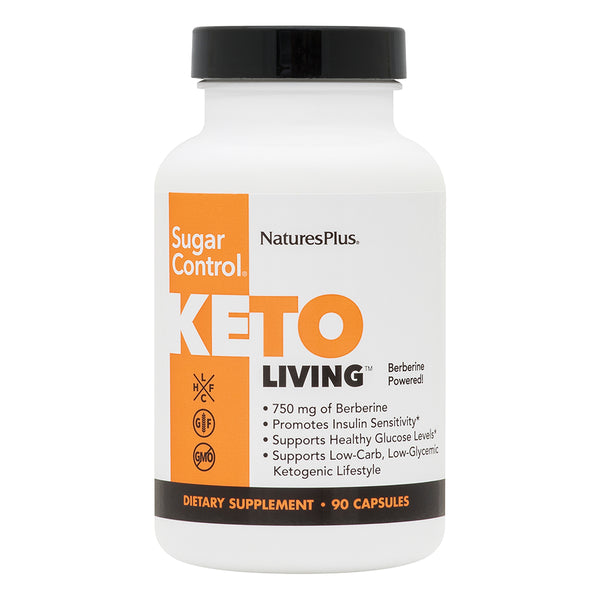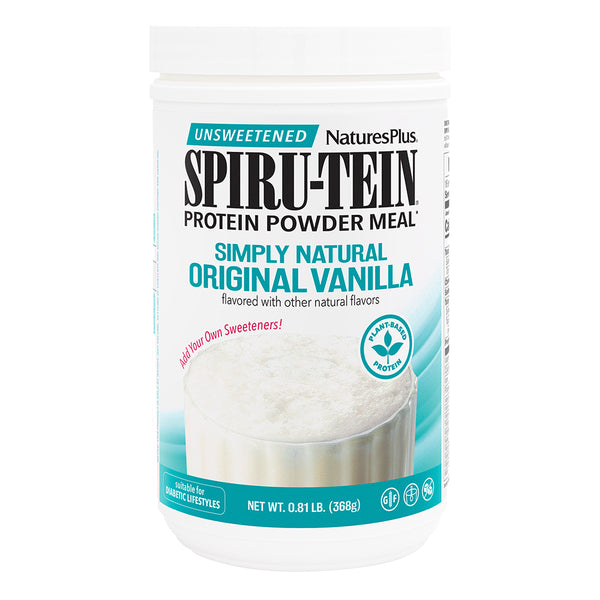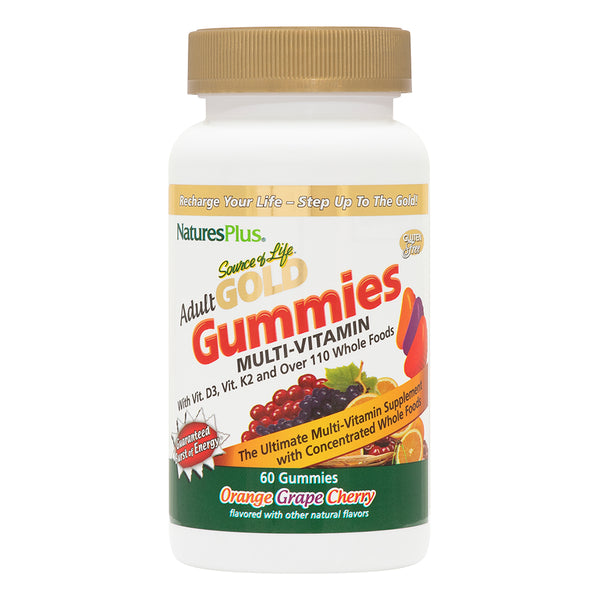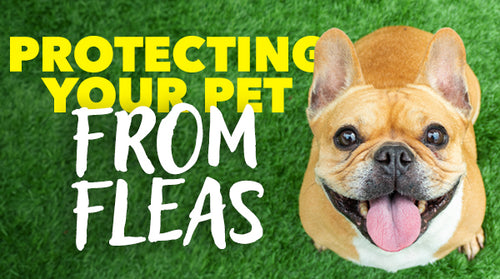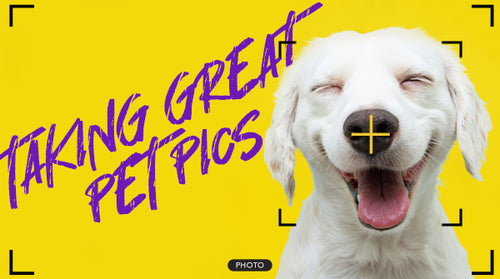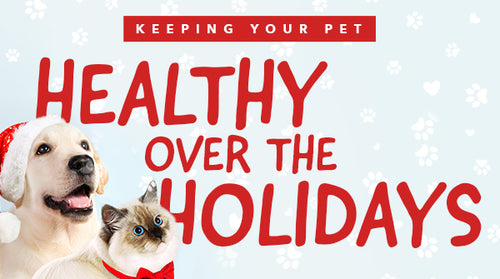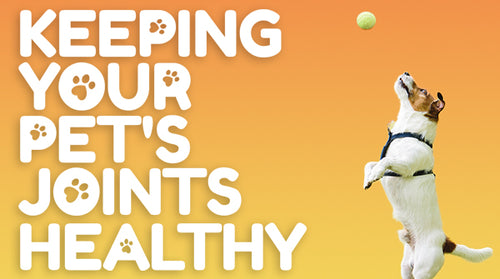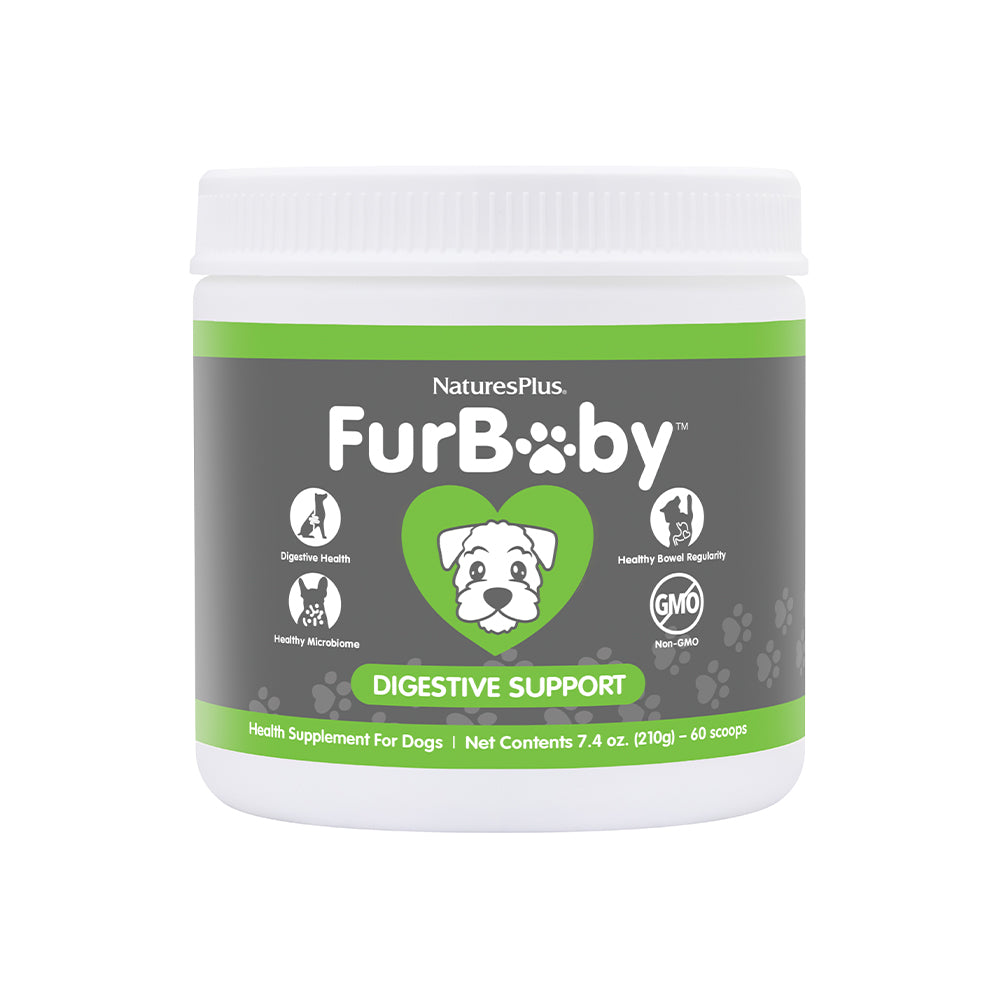Want your pets to live long, healthy lives? Keep them at an appropriate weight.
We’ve all seen the images as we scroll through our feeds: chubby dogs and roly-poly cats, looking just as cute as can be. But there’s nothing cute about the risk that extra weight represents in terms of potential poor health.
“Did you realize a 12-pound Yorkie is the same as an average female weighing 218 pounds and a 14-pound cat is equivalent to a 237-pound man?” asks Ernie Ward, DVM, CVFT, of the Association for Pet Obesity Prevention (APOP).
According to APOP, more than 55% of dogs and nearly 60% of cats suffer from obesity or overweight in the US.
Why Keeping Your Pet at a Healthy Weight Matters
Overweight pets are at a greater risk of developing disorders such as arthritis, diabetes and high blood pressure as well as problems with their hearts, lungs and kidneys.
APOP says the risk for dogs rises when they are as few as five pounds above their ideal weight. For cats, risk rises with as little as two extra pounds.
What’s more, overweight pets are less energetic and playful, and they are less likely to interact with their human companions.
On the other hand, pets at healthy weight levels are not only much more likely to enjoy their days but they may also have more days to enjoy: In one study, dogs from the same litter who were kept at a healthy weight lived nearly two years longer than their overweight siblings. Normal-weight animals also tend to incur lower vet bills.
How to Tell If Your Pet Is Overweight
How do you know if your pet is carrying too much weight?
“Are your pet’s ribs hard to distinguish? By placing your hands on the sides of their chest, you should be able to feel their rib cage without much effort,” says Cabbagetown Pet Clinic (CPC) in Toronto. “Does the stomach sag? This is a clear indicator that your pet is carrying too much weight.”
“When you look down on your pet from above, you should see an hourglass figure or an indentation near the midsection,” adds APOP. More of an oval shape indicates excessive weight.
APOP provides visual aids for assessing obesity in dogs and cats.
Helping Your Pet Reach a Healthy Weight
Overweight pets should be brought in for a checkup. The vet will look forhypothyroidism, in which an underperforming thyroid causes metabolism to slow down, as well as other possible underlying conditions.
If nothing is amiss physically, then eating too much and exercising too little—the most common reason for obesity in both pets and people—are likely to blame.
Thatdoesn’t mean you should blame yourself, however.
“Helping your pet lose weight is not about you,” says CPC. “Our veterinary team’s honest evaluation of your pet’s weight isn’t meant as a judgment—or assessment—of your own level of health or a statement about your pet parenting skills.”
You also shouldn’t drastically change your pet’s feeding schedule.
“Losing weight isn’t easy or fast for pets, especially cats,” says Ward. “A dog can safely lose 1% to 3% of its body weight and cats 0.5% to 2% per month.” He adds that severely cutting back on your pet’s food intake can have serious medical repercussions…making slow and steady your best bet.
Putting Your Pet on a Diet
Your pet’s diet has two components: what you feed and how much you feed.
“Most of the pet dogs and cats I treat don’t need a high-carbohydrate diet,” says APOP’s Ward. “Many pet diets contain 60% or more carbohydrates when you analyze the food label. As a rule, I recommend starting with a higher protein/lower carb higher fiber formulation for weight loss in most of my patients.”
And while it isn’t easy to ignore those begging eyes, you need to reduce table scraps and treats. “The love of a pet doesnot equate to giving them more food,” says CPC.
That “requires a commitment from the entire family,” adds the American Veterinary Medical Association (AVMA). “It isn’t going to succeed if one family member sneaks your pet extra food.”
“Cut down on ‘people food,’ which can quickly add up to extra pounds, and limit treats to no more than 10% of the pet’s daily calories,” suggests the Banfield chain of animal hospitals. (Go here to learn which people foods can be given to pets in small amounts.)
Speaking of calories: Have your veterinarian determine your pet’s ideal weight, then work together to figure out how many calories your pet should consume in a day. (APOP offers a calorie calculator here.)
When devising calorie limits, remember to account for any treats you do give. A tip from APOP: “Break treats into smaller pieces and offer them whenever your pet earns them as a reward for good behavior.”
Calorie restriction means that “free pouring or ‘eye-balling’ food portions isn’t going to cut it,” says CPC. “Consistently measured portions is a reliable way to keep the recommended caloric intake steady.” Use a measuring cup or, for more precision, a food scale.
One way to reduce overfeeding is to slow the rate at which your pet eats. The AVMA recommends using slow-feed bowls or food puzzles (which also help keep your pet mentally stimulated). What’s more, “smaller, more frequent feedings may be of benefit to your pet’s health.”
In addition, the CPC recommends a regular feeding routine: “By feeding your pet at the same time every day, they will learn to expect food at that time and be less likely to beg throughout the day.”
Exercising Your Pet for Weight Control
It’s no surprise to learn that walking is the best exercise for controlling your dog’s weight…but a leisurely stroll around the block isn’t going to get the job done.
The key, Ward says, is to make sure your dog understands the difference between an exercise walk and a potty trip. That direction needs to come from you: “Don’t look at your dog when he or she inevitably wants to stop. Continue staring straight ahead, tighten the leash (don’t jerk) and give a command such as ‘Come’ or ‘Here.’
“Make your objective to walk briskly and focus on the ‘out’ leg of your walk” before letting your dog sniff the bushes on the way back.
Ward recommends against the use of collars, which can cause choking if the dog pulls. Instead, “a head halter or walking harness is your safest choice—look for wide, soft, padded straps and breathable materials.” He also suggests using a four- to six-foot leash so you can maintain a steady speed.
Just as you would gradually ramp up your own exercise pace, you should do the same with your dog.
Ward suggests that for the first week, your goal should be getting in 30-minute walks on least five days, working up to two 20- to 30-minute daily walks by week five. Hire a dog walker if your schedule doesn’t allow twice-a-day outings.
Cats are not always amenable to walks (search YouTube for “cats being dragged on leashes”). Instead, “toys, laser pointers and cat trees can go a long way in keeping those calories burning,” says CPC.
Other Ways to Control Your Pet’s Weight
Ward says you should have your dog weighed monthly at the vet’s office until he or she reaches the target weight, with re-checks every three months after that. You can weigh your cat at home; a baby scale is ideal.
CPC suggests using “distractions to control appetite: “When your pet begs for food, avert their attention to some other activity they enjoy,” such as playtime or petting. What’s more, you should keep the food dish as far as possible from your pet’s favorite hangout spots; “this gives them a reason to get up and move during the day.”
One possible approach lies in trying to influence your pet’smicrobiome, or the microbes that live in his or her digestive tract. Scientists arestudying how this microbial environment differs between obese and normal-weight pets.
Veterinarians often recommend probiotics to support a healthy gut microbiome, and maintaining optimal digestive function can help your pet whether or not he or she is overweight.
Like this article? You’ll love our weekly newsletter
sign up here!
**These statements have not been evaluated by the Food and Drug Administration. This product is not intended to diagnose, treat, cure or prevent any disease.
